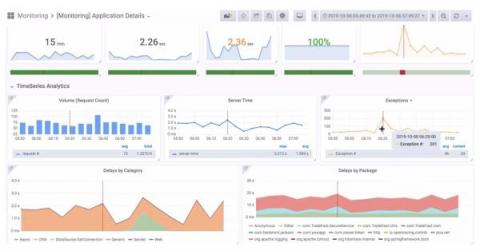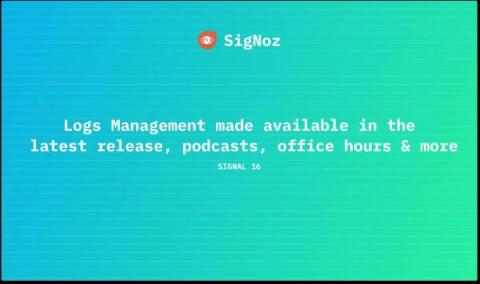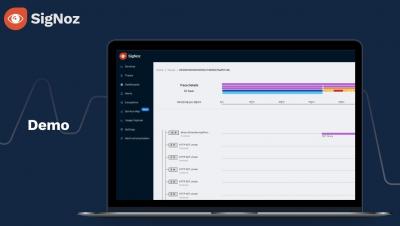Operations | Monitoring | ITSM | DevOps | Cloud
APM
The latest News and Information on Application Performance Monitoring and related technologies.
APM correlations in Elastic Observability: Automatically identifying probable causes of slow or failed transactions
As a DevOps engineer or SRE, you are often faced with investigating complex problems — mysterious application performance issues that happen intermittently or to only certain portions of your application traffic — that impact your end users and potentially your company’s financial targets. Sifting through hundreds or even thousands of transactions and spans can be a lot of tedious, manual, and time consuming investigative work.
Swift Package Manager for Raygun4Apple
Retrace - Much More Than Your Average APM Tool
Finding the root cause of application performance issues is the crux of every app troubleshooting exercise. So why don’t more APM tools provide great root cause analysis? The trouble is – pun intended – the cause of a slow application can come from different sources, many outside the application itself. So APM tools that focus on the ‘A’ may never truly find the root cause.
Augmenting APM with InfluxDB for Faster Issue Resolution
An enterprise IT company hosted a large industry event that drew attendees from all around the globe, including key technology leaders. Organizers knew that their IT offerings needed to be top notch to ensure attendees were happy when it came to event experience. The event application allowed attendees to browse and register for sessions at the event. So, organizers needed to be able to identify issues in real-time and fix them quickly.
It's time to break up with your old monitoring tools
More organizations are upgrading from siloed infrastructure and application monitoring tools to full-stack observability solutions. That's great — but what if your team can't quit its tried-and-true legacy tools, even when they're unfit for modern apps and infrastructure?
What is N+1 query problem and how distributed tracing solves it?
Top 15 Key Categories of Monitoring Metrics in Kubernetes and OpenShift Environments
Over the last couple of years, Kubernetes (often called K8s) has become the most popular and well-known container orchestration system for automating application deployment, scaling, and management. Scheduling containers at scale in a cloud-native ecosystem is central to the technology. Kubernetes itself is an open-source project, and as such presents challenges for many enterprises especially in regulated industries with strong security requirements and formal SLA commitments.










